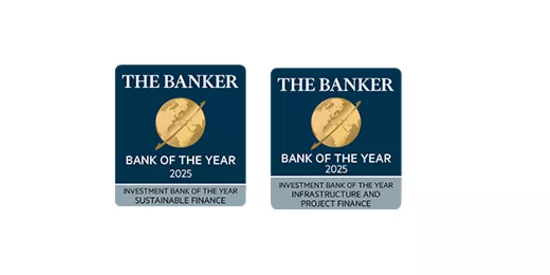
ESG: How to adapt to the regulatory challenge
Faced with the growing importance of environmental, social and governance (ESG) topics, states and regulators have launched a wave of new regulations to establish a standardized framework and approach to ESG.
The Paris Agreement signed by the United Nations in 2015 is a founding document that impacts our societies. By 2100, it calls for limiting global warming to below 2°C compared to pre-industrial levels, limiting the rise in temperature to 1.5°C and for reducing polluting emissions. For its part, the European Union (EU) has established:
- The Sustainable Finance Action Plan (March 2018), which aims to provide a regulatory framework and to support and promote sustainable investments in the EU. It is broken down into several sets of regulations: Taxonomy, Disclosure, Benchmark, Green Bond Standard;
- The Green Deal (January 2020), which aims to make Europe climate neutral by 2050 with zero net greenhouse gas emissions. It also includes directives on the circular economy, building renovation, biodiversity, agriculture and innovation.
Alongside government, industry and market practice initiatives, this plethora of regulation is shaping the financial and investment landscape of tomorrow. Regulation is pushing companies to adapt their strategies, products and processes to ESG criteria, as well as to be more transparent in terms of ESG-related risks, exposures, practices and impacts.
Likewise, “EU legislation drives the fiduciary duties of institutional investors and asset managers, requiring them to act in the best interest of their beneficiaries. There is also growing evidence that taking sustainability factors into account in capital allocation decisions results in a better assessment of the risk/return profiles of financial products. The incorporation of ESG has now become an investment norm”, writes Societe Generale Cross Asset Research’s ESG research team in its latest report on ESG regulatory developments (*).
In force since 2021, the Disclosure regulation leg of the EU’s Sustainable Finance Action Plan requires financial players to provide transparency with regards to the integration of ESG criteria in their funds. Starting in January 2022, Taxonomy rules will impose a common language on green finance for large companies, financial market participants and issuers offering financial products in the EU.
"Clients are confused by the regulatory overload. They do not know what is mandatory and what is not, what they can or should do," says Séverine Mendel, in charge of institutional investor relations within Societe Generale's market activities. We help them understand the regulations and provide the tools and framework for them to take matters into their own hands”. "Clients value our regulatory expertise because we participate in the working groups and industry discussions that drive the regulations forward," adds Amélie-Charlotte Pichon, in charge of social and environmental risks within Societe Generale’s market activities.
In addition to this support, Societe Generale's market activities offer responsible products that meet clients' needs. "Institutional investors such as pension funds and insurers are particularly interested in our investment solutions such as ESG indices and Positive Impact Notes”, explains Séverine Mendel. ESG indices launched on the Societe Generale Index (SGI) platform now have 6.5 billion euros in assets under management, while Positive Impact Notes have reached 1.3 billion euros. The bank’s ESG market activities offer is distinguished by the information, content and advisory services of its ESG research platform, which supports clients in their transition and investment decisions related to ESG factors. It also includes structured products, ETFs, swaps and positive contribution products.
On the corporate side, the bank offers tailor-made advice on market risks through its Market Risk Advisory (MRA) teams. In terms of ESG, these teams assist clients in transforming their business or strategy. "Electric vehicles are key to the reshaping of the automotive sector driven by regulators, industry and consumers. They expose automakers to market risks, and in order to help them adapt their exposures, we recommend dedicated interest rate and currency hedging strategies. Our sectoral approach and our global vision of the impact of electrification is very much appreciated by our automaker clients," says Alexandre Dogos Docovitch, sales within the MRA teams. MRA experts also assist clients in their M&A transactions with an ESG focus.
Finally, the ESG offering of market activities includes derivatives. "We offer our corporate clients that have sustainable development objectives the possibility of hedging their interest rate and/or currency risks using sustainability-linked derivatives. The financial characteristics of these tailor-made derivatives depend on the company's achievement of sustainability-related objectives," explains Véronique Thomas, Head of Fixed Income, Credit & Change Corporates Sales for France and Head of Structured Finance Hedging. “As was the case for our clients Enel in September 2019 and Seaspan in February 2021, these derivatives can also be put in place as part of sustainability-linked bond or sustainability-linked loan issues, where the coupon depends on these same sustainability targets," adds Véronique Thomas.
Outside the eurozone, the regulatory framework is also being put in place. The United States has re-entered the Paris climate agreement and Asian markets are adapting to ESG standards. Societe Generale will of course continue to support its clients as regulations progress in other regions of the world, such as the United States and Asia.



